Architectural Design Using Revit: Practical Tips for Efficient Workflow
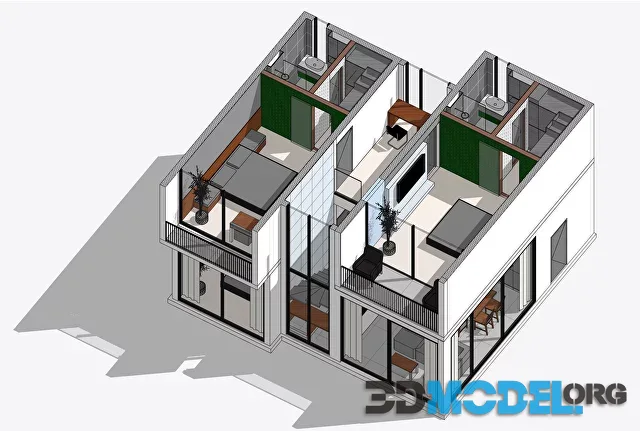
Architectural design has undergone a transformative evolution with the advent of modern technologies and software solutions. Among the plethora of design tools available, Revit stands out as a powerful software dedicated to simplifying and optimizing the architectural design process. In this comprehensive article, we will delve into advanced practical tips to maximize your efficiency when utilizing Revit for crafting outstanding architectural projects.
1. Mastering the Revit Interface
Before immersing yourself in the design process, it is crucial to familiarize yourself with the intricacies of the Revit interface. Understanding the location of essential tools and utilizing control panels effectively will significantly accelerate your workflow. Revit offers extensive customization options for the interface, allowing you to tailor the workspace to your specific needs.
In addition, consider exploring the advanced features such as worksharing and collaboration tools embedded within the interface. These features enable seamless collaboration with team members, ensuring real-time updates and minimizing potential conflicts in a shared project environment.
2. Efficient Use of Families and Templates
Families and templates serve as the foundational elements for any project in Revit. Harness the power of the family library to save time and resources, and create custom templates for projects to standardize your workflow. This approach not only fosters a consistent style across projects but also saves substantial time when dealing with repetitive design elements.
3. Working with Views and View Templates
Views play a pivotal role in Revit, offering perspectives and detailed representations of your project. Utilize view templates to swiftly switch between views and maintain visual consistency. Effective control over views is essential for accurately conveying project information to clients and collaborators.
Furthermore, delve into the advanced capabilities of view filters, detail level settings, and visual styles to enhance the clarity and precision of your project presentations.
4. Harnessing the Power of Parameters
A proficient understanding and application of parameters are critical for efficient design in Revit. Create parameters that can be easily modified, adapting to diverse project requirements. This not only simplifies your work but also provides flexibility when engaging with clients and project stakeholders.
Explore the capabilities of shared parameters for synchronized data across multiple elements, promoting consistency and accuracy in your designs.
5. Collaboration and Data Exchange Best Practices
Revit offers robust tools for real-time collaboration. When working in a team, leverage cloud services for data exchange and version control. This ensures simultaneous collaboration on a project, minimizing the risks of conflicts and errors.
Additionally, explore interoperability with other software solutions through industry-standard file formats such as IFC (Industry Foundation Classes) for seamless data exchange with various disciplines within the AEC (Architecture, Engineering, and Construction) industry.
6. Accessing Free 3D Models for Architectural Design
To augment your design toolkit, our website provides complimentary access to a diverse range of high-quality 3D models. Visit the "Free Resources" section on our website to download these models and integrate them seamlessly into your projects. This serves as an excellent means to expedite the design process by incorporating additional elements with minimal effort.
Conclusion
Embracing Revit in architectural design not only signifies a technological leap but also offers a substantial enhancement in efficiency and project quality. By incorporating the advanced tips outlined above, you can unlock the full potential of the software, creating projects that truly captivate your clients. Continuous learning about new Revit features and refining your skills is paramount to achieving optimal results in the dynamic field of architectural design. Stay abreast of industry advancements, and let Revit empower you to redefine architectural excellence.
Ctrl
Enter
Noticed a misTake
Highlight text and press Ctrl+EnterRelated news:
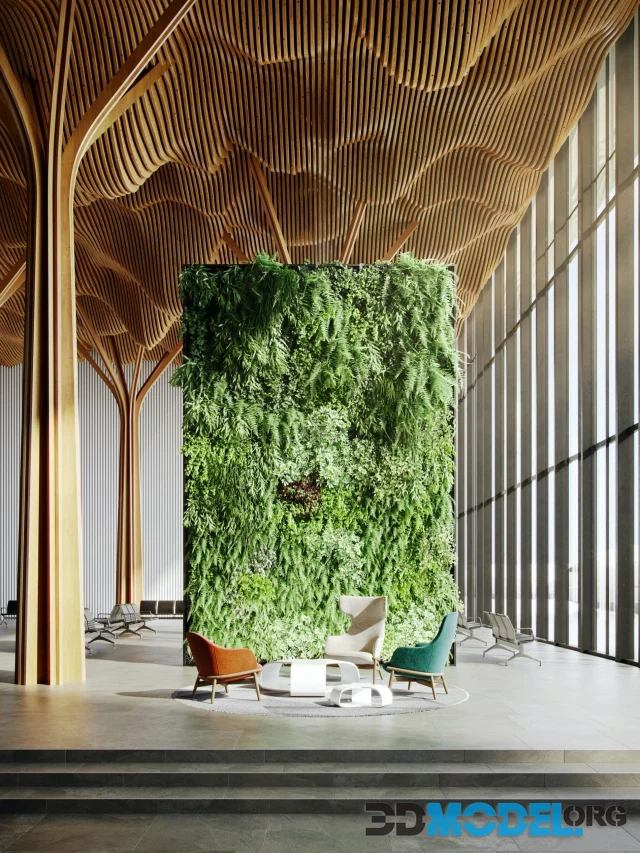
Choosing the Best Render for Architectural Visualization
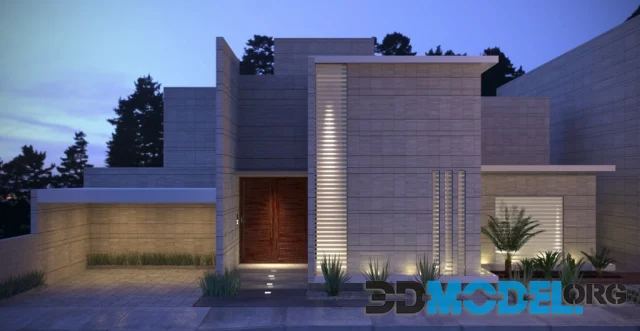
Vray vs Corona for Architectural Rendering
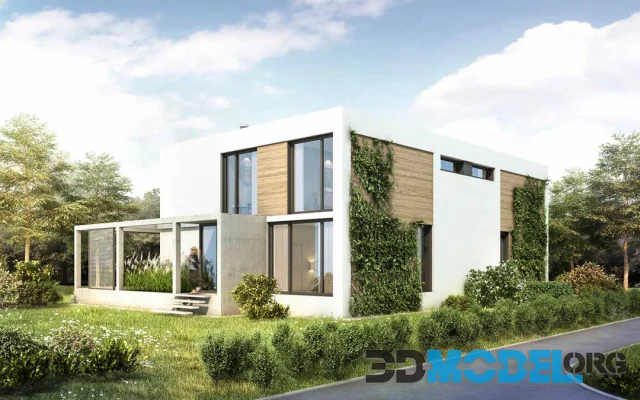
Best 3D Software For Architectural Visualization

How to Create Realistic Architectural Renderings in 3ds Max

Using Photogrammetry to Create 3D-Models For Game Development
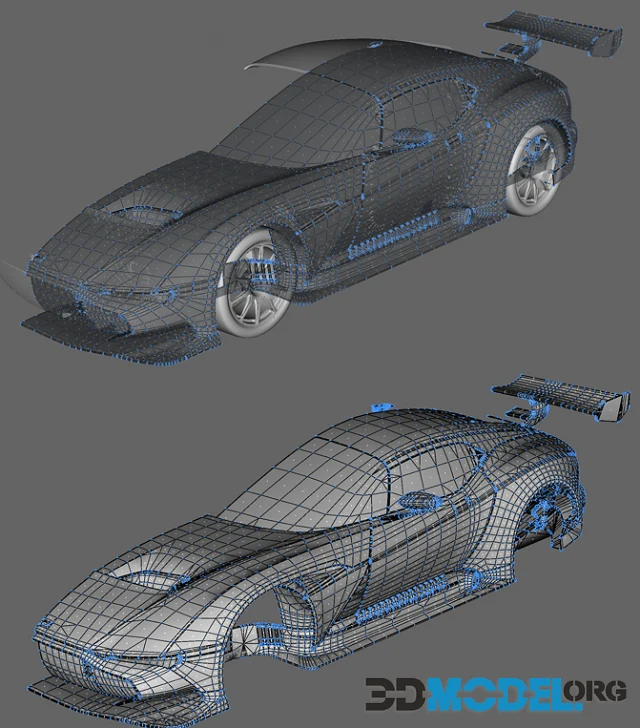
How to Create 3D Models of Cars
Comments (0)
